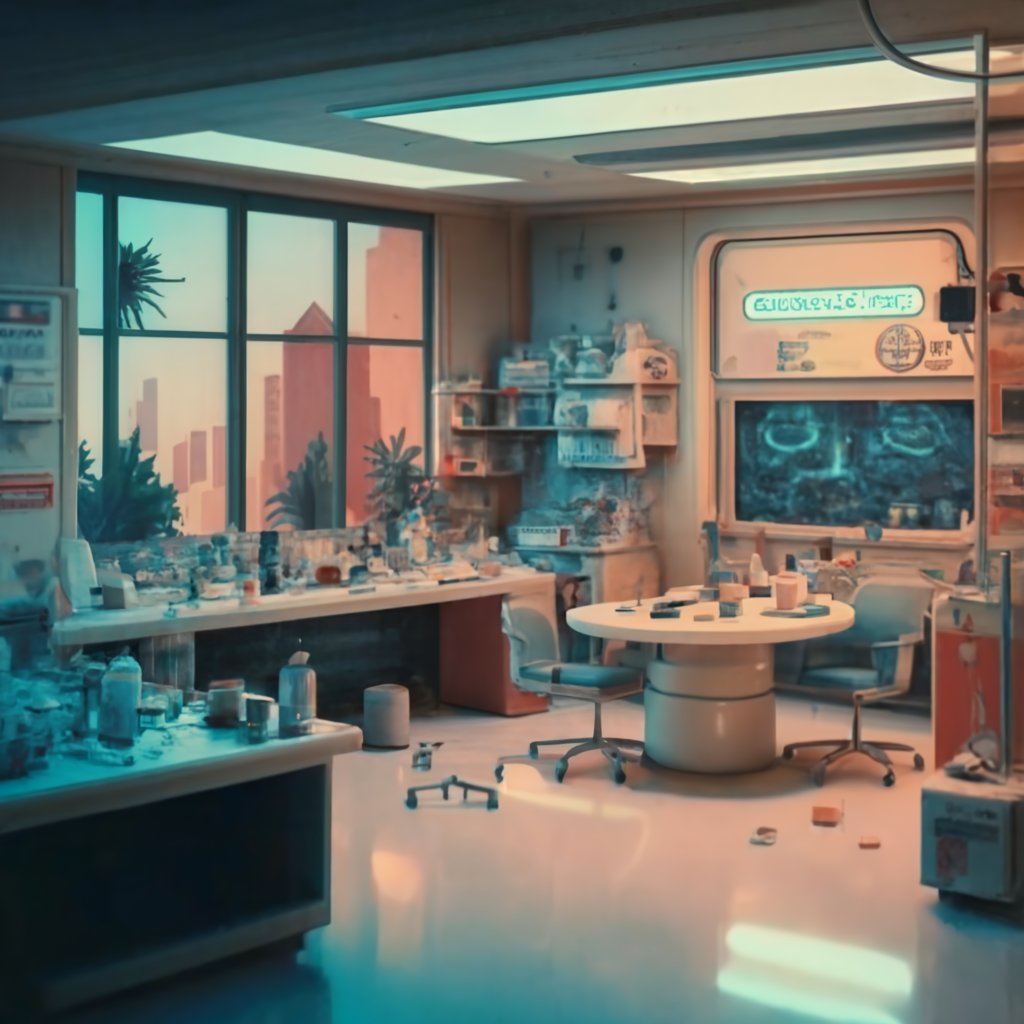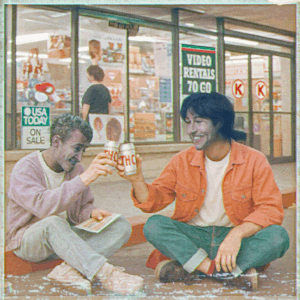Safe Drug Consumption Sites (SDCS) are revolutionizing drug crisis response and offering a compassionate alternative to traditional approaches.
In a nation grappling with a harrowing drug overdose crisis, where over 93,000 lives were lost in 2020, a transformative solution emerges in the form of Safe Drug Consumption Sites (SDCS). These sites are not mere facilities; they are lifelines, providing a controlled and compassionate space for individuals to use drugs under professional oversight. This initiative goes beyond mere tolerance of drug use; it’s a pragmatic approach aimed at reducing the dire consequences of drug addiction.
SDCS offer a sanctuary where individuals can consume their own drugs with access to immediate medical care and support. Staffed by trained professionals, these sites are equipped to handle overdose emergencies, dispense harm reduction advice, and connect individuals with treatment and other vital services. They ensure the provision of sterile equipment, facilitate drug purity and potency testing, and manage the disposal of syringes and other drug paraphernalia. This holistic approach is pivotal in safeguarding the health and well-being of users.
This innovative concept of SDCS is not novel. It has been a part of the social fabric in Europe, Canada, and Australia for many years, consistently demonstrating its efficacy in enhancing both individual and community well-being. A meticulous examination of 75 studies showcases the profound impact of Safe Drug Consumption Sites: a reduction in overdose mortality, HIV and hepatitis C transmission, and infections related to injections. These sites also play a critical role in bridging the gap to drug treatment, social services, and healthcare, while simultaneously reducing public drug use, the scattering of used syringes, and drug-related criminal activities.
In the U.S., the road to establishing SDCS is lined with legal and political challenges. The federal “crack house” statute casts a long shadow, prohibiting premises from being used for drug-related activities. This, coupled with the Department of Justice’s stern stance against SDCS, reflects the ongoing resistance within some governmental and community circles.
However, there’s a wind of change. Rhode Island’s authorization of SDCS in July 2021 marked a significant milestone, and New York City’s establishment of two pilot sites in November 2021 signifies a bold step forward. These initiatives, despite the legal uncertainties, are gathering crucial data to evaluate their real-world impact.
Backing these efforts is the influential American Medical Association (AMA), which comprises a vast network of physicians and medical students. In a landmark move in June 2021, the AMA endorsed SDCS as a key harm reduction strategy and advocated for the removal of legal barriers hindering their implementation. Dr. Gerald Harmon, the AMA’s president-elect, underscored the effectiveness of Safe Drug Consumption Sites in reducing overdose fatalities and infectious diseases, and their vital role in connecting people to supportive services, including housing and drug treatment.
SDCS are not a panacea for the drug overdose crisis but are a vital component of a comprehensive and humane strategy. These sites symbolize a shift in perspective, recognizing the humanity and dignity of drug users and offering them the respect and care they deserve. In a landscape marred by tragedy and despair, SDCS shine as beacons of hope and pragmatism, meriting support from both the medical community and the public.
The adoption of SDCS is a call to rethink our approach to drug addiction and overdose. It’s an appeal for empathy and understanding in dealing with a crisis that touches many lives. By supporting Safe Drug Consumption Sites, we can foster a safer and healthier community, where care supersedes punishment, and support replaces stigma.
SDCS represent a crucial step towards changing how society views and responds to drug use. By embracing these sites, we acknowledge the complex nature of drug addiction and choose to respond with solutions rooted in health, safety, and compassion. It’s about seeing beyond the act of drug use and recognizing the human being in need of support.
In conclusion, the journey towards establishing SDCS in the U.S. is a testament to the evolving understanding of drug addiction as a health issue, rather than a criminal one. It’s a journey towards a more compassionate society, where every individual, irrespective of their struggles, is treated with dignity and respect. As we navigate this path, the support and acceptance of Safe Drug Consumption Sites will not only save lives but also pave the way for a more inclusive and empathetic approach to drug policy.
***
GreenPharms is more than just a dispensary. We are a family-owned and operated company that cultivates, processes, and sells high-quality cannabis products in Arizona. Whether you are looking for medical or recreational marijuana, we have something for everyone. From flower, edibles, concentrates, and topicals, to accessories, apparel, and education, we offer a wide range of products and services to suit your needs and preferences. Our friendly and knowledgeable staff are always ready to assist you and answer any questions you may have. Visit our dispensaries in Mesa and Flagstaff, or shop online and get your order delivered to your door. At GreenPharms, we are cultivating a different kind of care.




